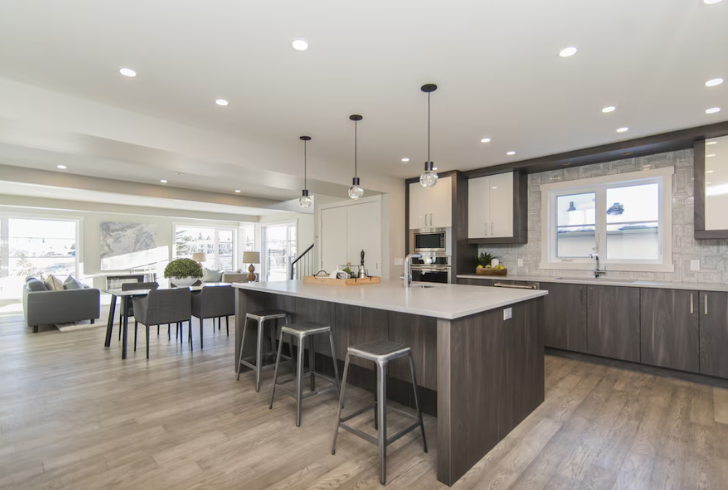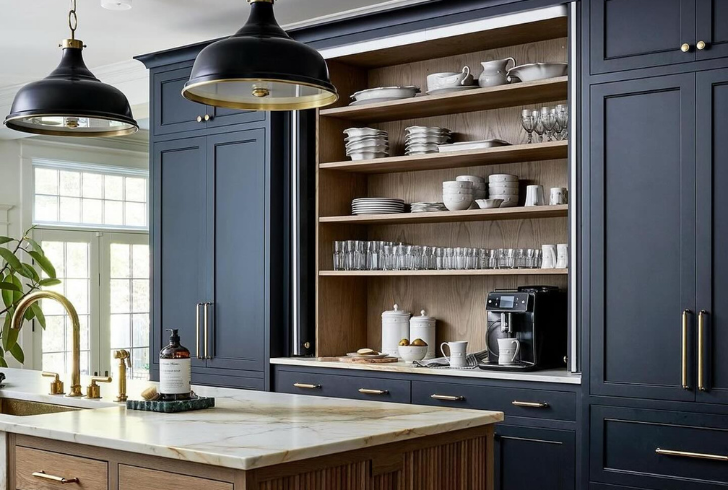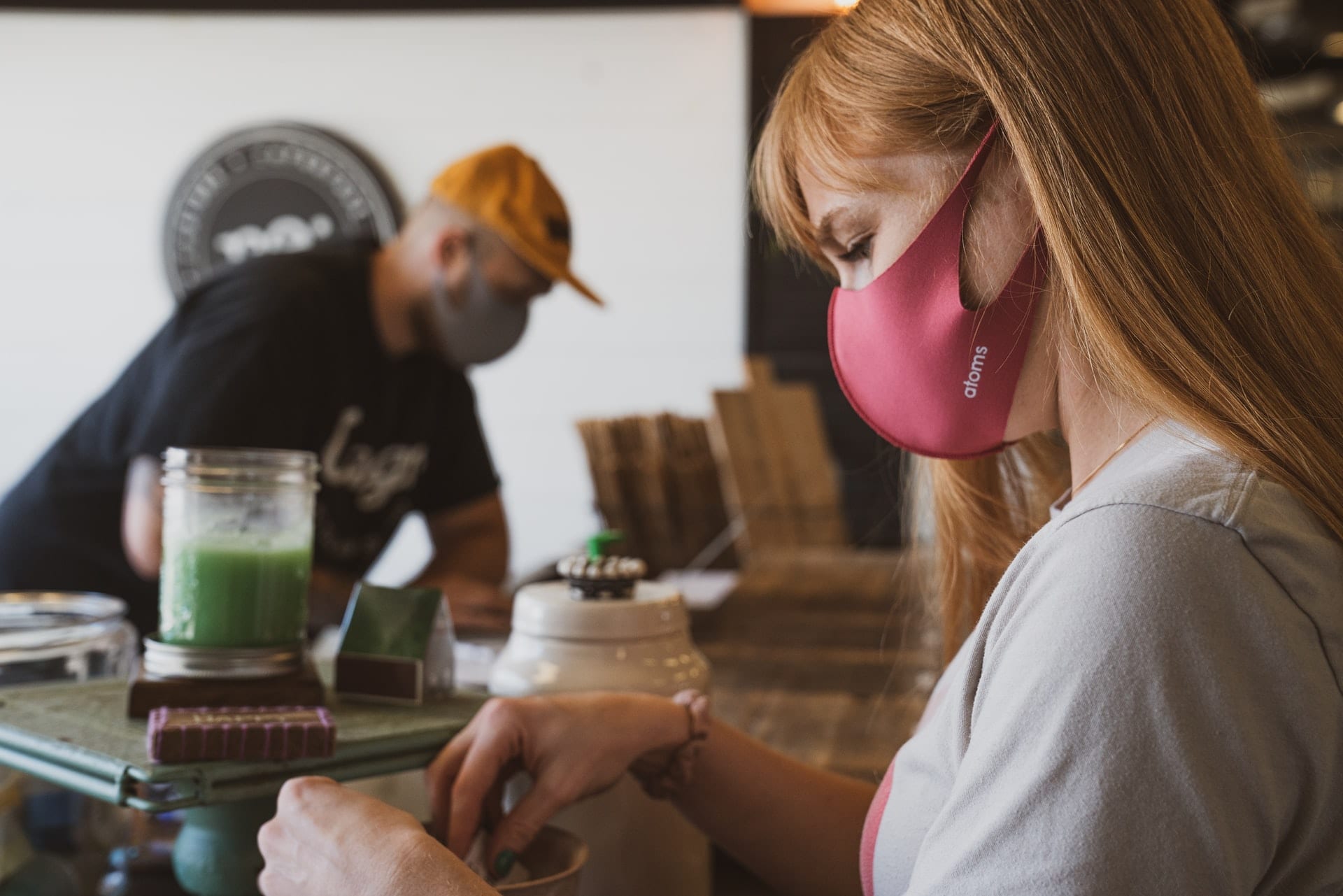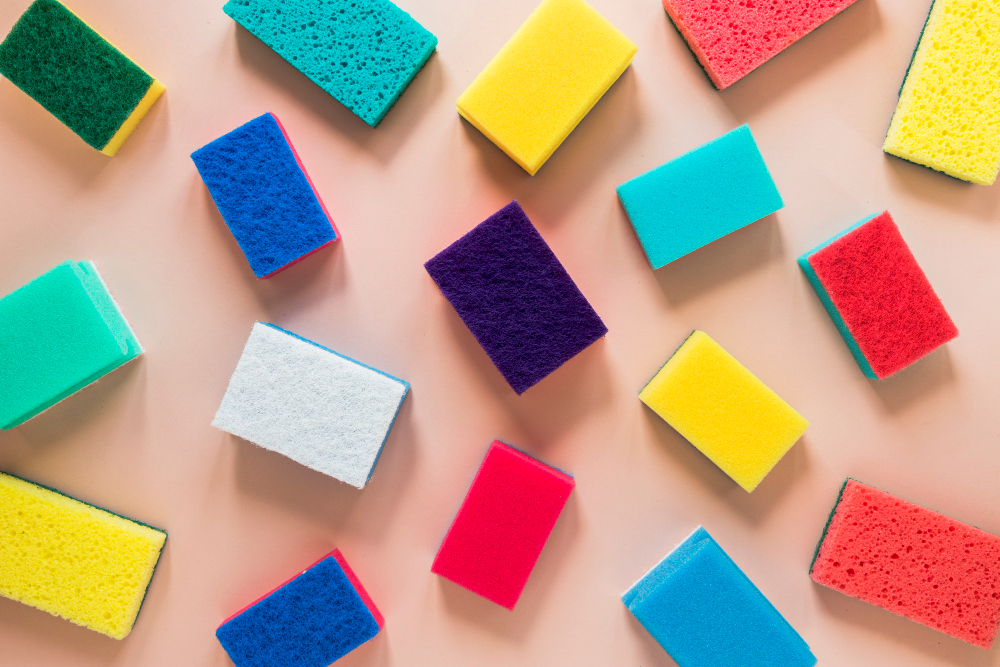When envisioning a new kitchen design, thoughts often revolve around color schemes, appliance choices, and storage solutions. Yet, texture is a powerful element that can elevate the design of a kitchen, adding both visual and tactile appeal. Learning how to add texture to your kitchen can dramatically enhance the overall atmosphere of the space, making it more inviting and engaging.
The Role of Texture in Kitchen Design
Texture plays a crucial role in kitchen design, offering more than just visual interest. Unlike the smooth, minimalist surfaces popularized in the early 2000s, integrating texture can transform a kitchen from a sterile environment into a warm and dynamic space. By thoughtfully incorporating various textures, a kitchen can achieve a balance between sleek modernity and cozy homeliness.
Why Texture Matters
Texture adds depth and personality to kitchen interiors. It can break up the monotony of a single color or material and create areas of visual interest. For those who prefer minimalist designs, texture can introduce subtle details that enhance the space without overwhelming it. Conversely, in kitchens rich with color, texture can help to ground the space, offering contrast and a tactile element that invites interaction.
6 Creative Ways to Add Texture to Your Kitchen
1. Mix and Match Materials

Freepik | wirestock | Mixing various materials is a great way to add texture to your kitchen.
Combining different materials is one of the most effective ways to add texture to your kitchen. Blending elements such as exposed brick, natural wood, and stone can create a visually engaging space.
This mix not only adds variety but also provides a foundation for experimenting with different colors and styles. For those who frequently update their kitchen design, a diverse textural palette offers a versatile base that can easily adapt to new themes and trends.
2. Incorporate Patterned Tiles
Tiles are an excellent way to infuse both color and texture into a kitchen. Textured or patterned tiles can serve as a focal point in splashbacks or feature walls. Whether opting for terracotta tiles for a warm, earthy feel or geometric patterns for a bold statement, tiles can add significant character to your kitchen.
3. Create a Statement Wall
If you’re looking for a dramatic way to add texture to your kitchen, a statement wall can make a significant impact. Whether you choose a textured paint, patterned wallpaper, or a unique material like beaten copper, a statement wall can act as a striking focal point. This approach allows for a bold exploration of textures without committing to a permanent change.
4. Focus on the Details
Small changes can make a big difference when adding texture to your kitchen. Consider updating hardware, light switches, and fixtures. Opt for textured finishes or unique designs to subtly enhance the kitchen’s texture without requiring a complete overhaul.
5. Choose Shaker-Style Cabinetry

Instagram | mmlighting | When adding texture to your kitchen, consider Shaker-style cabinets for their elegant lines and subtle ridges.
When considering how to add texture to your kitchen, don't overlook cabinetry. Shaker-style cabinets, with their simple yet elegant lines and subtle ridges, add a layer of texture without dominating the space. This classic style enhances the kitchen’s overall aesthetic while maintaining a sense of sophistication and detail.
6. Use Freestanding Furniture
Freestanding furniture offers flexibility and opportunities to introduce new textures into your kitchen. Items like tables, islands, and larders can be moved around and used to add visual interest and functionality. By choosing freestanding pieces with different textures, you can enhance the kitchen’s depth and character.
Mastering how to add texture to your kitchen can transform the space from ordinary to extraordinary. Whether through a mix of materials, patterned tiles, or thoughtful details, texture enriches the kitchen’s visual and tactile experience. By incorporating these strategies, your kitchen will not only look more inviting but will also feel more connected and dynamic.
For further inspiration on adding texture and creating a kitchen that truly reflects your style, explore design resources or consult with experts who can bring your vision to life.








